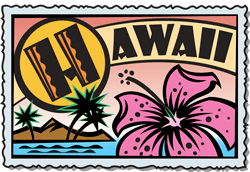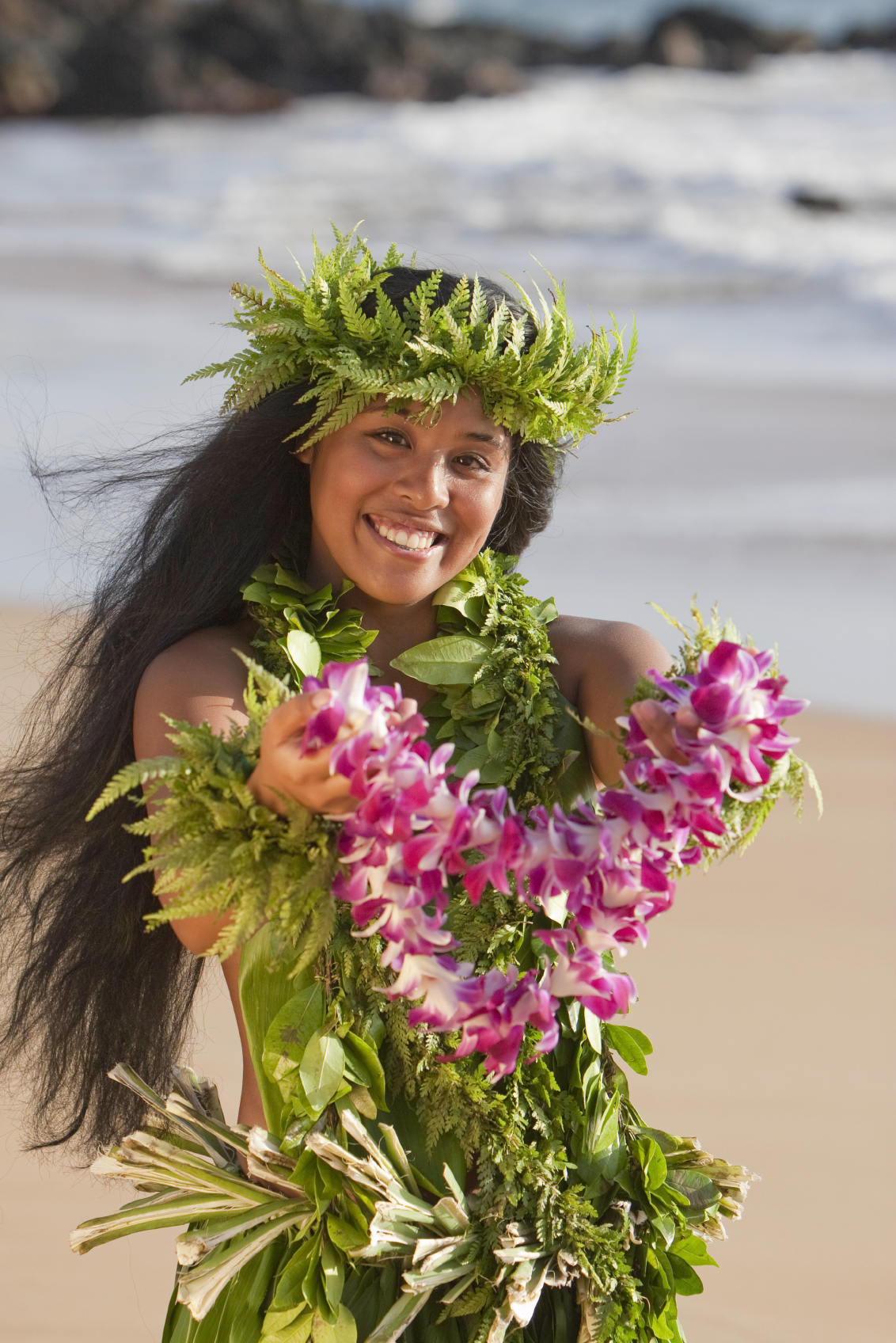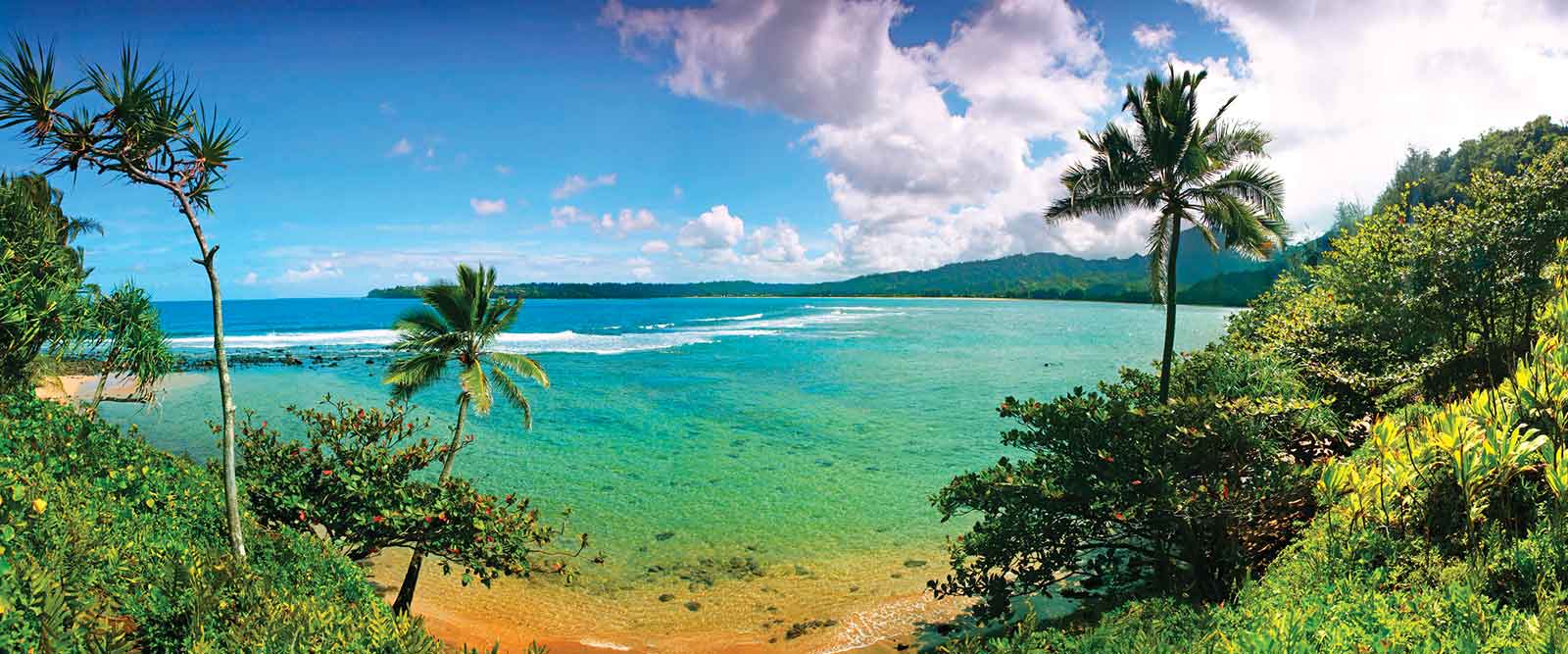Getting to Know Hawaii
The Islands' History
The Hawaiian Islands were settled as early as 400 C.E., when Polynesians from the Marquesas Islands, 2000 miles away, traveled to Hawaii’s Big Island in canoes. Approximately 500 years later, additional arrivals came from what is now Tahiti. Highly skilled farmers and fishermen, Hawaiians lived in small communities ruled by chieftains who battled one another for territory. These cultures brought traditions of their own and over time created new traditions such as surfing, hula dancing, and exchanging flower garlands called leis.
The first European to set foot in Hawaii was Captain James Cook, who landed on the island of Kauai in 1778. He was shot and killed by a local mob on his subsequent visit.
In 1810, Kamehameha conquered other rulers and united the entire archipelago into one kingdom. Hawaii’s first king, who died in 1819, is still feted with floral parades every June 11, King Kamehameha Day.
In the 1820s, the first Christian missionaries began to arrive. Shortly afterward, Western traders and whalers came to the islands, bringing with them diseases that devastated the native Hawaiian population. Hawaiians had numbered about 300,000 when Cook arrived. By 1853, the native population was down to 70,000.
In 1893, American colonists controlled Hawaii’s sugar-based economy; they easily overthrew the kingdom and established the Republic of Hawaii. The U.S. annexed Hawaii as a territory in 1898.
The last Hawaiian ruler, Queen Lili’uokalani was deposed, imprisoned and forced to abdicate. The author of “Aloha Oe,” Hawaii’s signature song, she remains a Hawaiian heroine. Although President Cleveland’s Blount Commission found that Lili’uokalani had been overthrown illegally, she never regained her throne.
Hawaii’s journey to statehood was long and difficult.
Native Hawaiians and non-white Hawaiian residents began to push for statehood in order to enjoy the same rights and representation as U.S. citizens living in the 48 states. Over the course of 50 years, the Territory of Hawaii worked to achieve statehood. The legislature sent multiple proposals to Congress including a joint resolution requesting statehood in 1903, only to be denied. In 1937, a congressional committee found that Hawaii met all qualifications for statehood and voted in favor of statehood. However, the attack at Pearl Harbor put enactment on hold.
In the 1950s Congress combined Hawaii’s statehood bid with Alaska’s. Finally, in March 1959, a Hawaii statehood resolution passed both the House and the Senate, and in August, President Eisenhower signed it into law. That June, the citizens of Hawaii voted on a referendum to accept the statehood bill.
Hawaii Today
Tourism is the top industry in the state of Hawaii. Centrally located between the U.S. and Japan, Hawaii entertains tourists from around the world. People visit to enjoy beautiful beaches, stunning rainforests, rich vegetation, and dramatic waterfalls. In addition, the islands offer a slew of recreational options, an exciting and colorful culture, and an extremely delightful climate.
It’s little wonder that in 2017, the Hawaiian Islands had a record year for tourism … more than 9.3 million visitors.
Defense plays a large role in Hawaii’s economy. Army, Navy, Marine, Coast Guard, and Air Force bases are located in the state. With such a large number of military personnel stationed there, the government has its own military newspapers, golf courses, and accommodations for its employees.
The islands’ rich soil and tropical climate make Hawaii a leading producer of agricultural products. The state is second in the nation for sugar cane production and the first in the nation for pineapple production. Specialty crops — flowers, coffee, and macadamia nuts — are a large part of the state’s exports.

"Hawaii is not a state of mind, but a state of grace."
Paul Theroux
.jpg)


